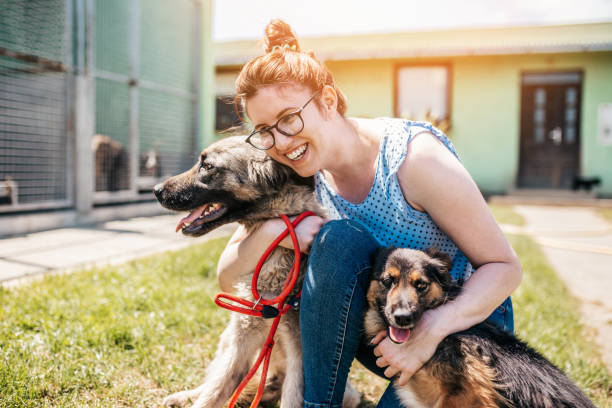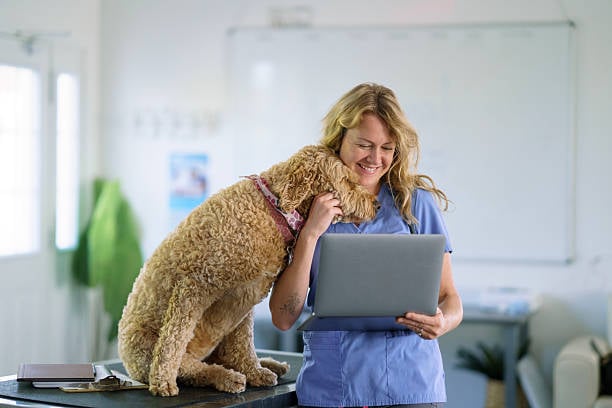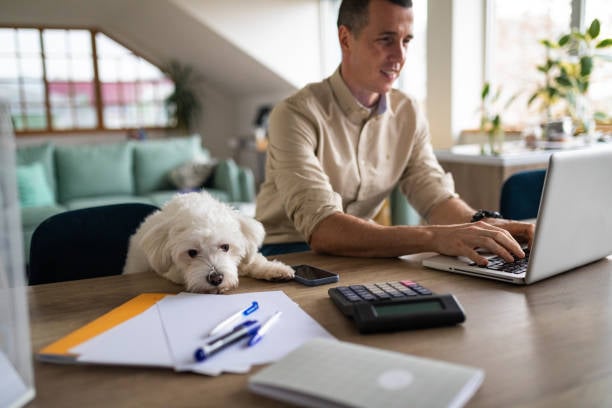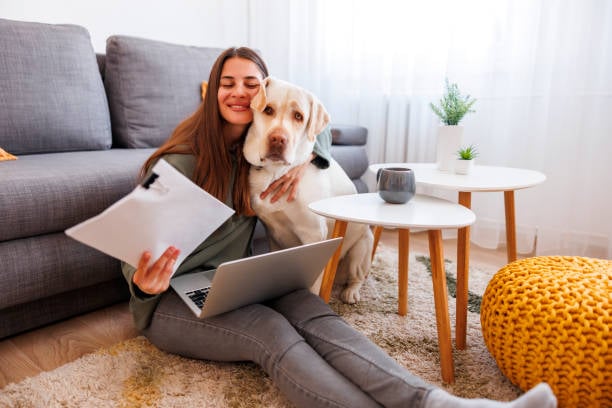Dog daycare has grown in popularity over recent years, offering a sanctuary for our furry friends while we're busy with daily life. One of the most critical aspects of any good dog daycare is the level of supervision provided. This ensures not only the safety of the dogs but also promotes a harmonious and enjoyable environment for them. Let’s delve deeper into understanding the varying levels of dog daycare supervision.
Levels of Supervision
Generally, dog daycare facilities classify supervision into three main levels:
-
Constant Supervision: This is the highest level of oversight. A staff member is present in the play area at all times, actively watching and intervening when necessary. It's particularly essential for new dogs, large mixed groups, or when introducing unfamiliar dogs to the pack.
-
Periodic Supervision: With this approach, a staff member regularly checks in on the dogs but isn’t always present in the play area. This level may be suitable for well-acquainted groups of dogs who've demonstrated calm and non-aggressive behavior in the past.
-
Remote Supervision: This is the most hands-off approach. The play area is monitored using cameras, allowing staff to intervene when necessary. While it ensures a level of safety, it can't replace the immediate reaction provided by on-site supervision.
Factors Determining Supervision Level
Several factors influence the level of supervision a dog daycare might choose, including:
-
Size and Temperament of Dogs: Larger groups or those with diverse sizes and temperaments usually require constant supervision to prevent any aggressive behavior or accidents.
-
Layout of the Facility: Open spaces without many hiding spots may be easier to supervise remotely or periodically. In contrast, complex play areas with numerous nooks and crannies might demand constant supervision.
-
Experience and Training of Staff: Experienced staff can often read dog behavior better, which might reduce the need for constant on-site supervision. However, less experienced staff should lean more towards hands-on, constant supervision.
The Importance of Proper Supervision
-
Safety: The primary purpose of supervision is to ensure the safety of all dogs. This includes preventing fights, reducing the risk of injuries, and ensuring that no dog feels threatened or bullied.
-
Socialization: Dogs are pack animals. Proper supervision allows them to socialize in a controlled environment, ensuring they learn proper play behaviors and social cues.
-
Peace of Mind for Owners: Knowing that their dogs are being watched over and cared for provides immense peace of mind to dog owners.
Training is Key
Regardless of the level of supervision, proper staff training is crucial. Staff should be trained to recognize early signs of aggression or distress, understand dog body language, and have knowledge of intervention techniques to prevent escalation.
The level of supervision in a dog daycare is a reflection of the facility's commitment to the safety and well-being of the pets under their care. As a dog daycare business, it’s essential to understand these levels and choose a process that aligns with pet parents' comfort and expectations. The right balance, combined with well-trained staff, ensures a positive, safe, and engaging environment for our beloved furry friends.
Gingr is the top dog daycare software, and helps to ensure optimal pet safety. Schedule a demo now!
Subscribe to the Gingr Blog






